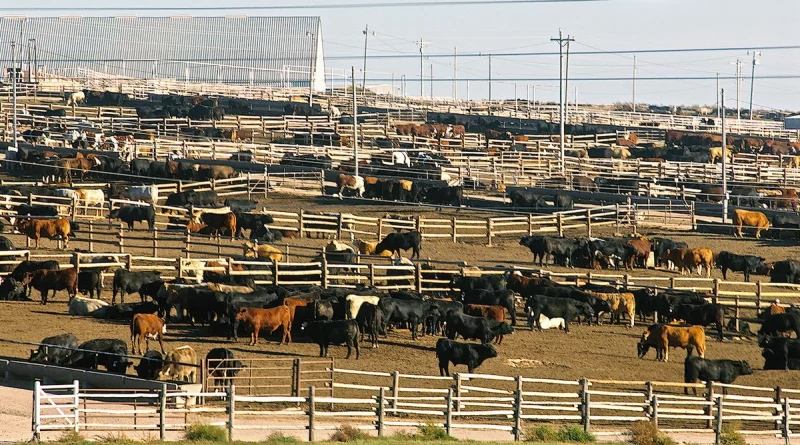Heat wave in Kansas killed over 2,000 cattle
Heat wave in Kansas killed over 2,000 cattle
In southwest Kansas, thousands of cattle have died due to heat stroke caused by high temperatures, humidity and almost no wind. This was reported by the Associated Press, citing representatives of the agricultural industry of the state.
The final number of animals killed is not yet known, but as of Thursday, June 16, at least 2,000 cases had been reported to the state Department of Health and Environment. Department spokesman Matt Lara suggested that the number will rise as more and more animal owners report heat-related losses.
The cattle deaths have led to unsubstantiated claims on social media and other sources that weather conditions were not the only cause of the deaths. However, state authorities said there is no evidence pointing to other causes.
“It really was a weather phenomenon that was limited to a specific region in southwest Kansas,” said veterinarian Anthony Tarpoff of Kansas State University. – “Yes, temperatures have risen, but the more important reason for this damage is the large spike in humidity with a significant drop in wind speed, which is rare in western Kansas.
Temperatures held steady at 20 to 30 degrees Celsius last week, but on Saturday they spiked above 37 degrees, said Scarlet Hagins of the Kansas Cattlemen’s Association.
“This happens once every 10 to 20 years. It’s not a typical occurrence,” said Brandon Depenbush of Innovative Livestock Services’ feedlot in Great Bend, Kansas.
The extreme heat in Kansas wasn’t the only manifestation of the elements that turned out to be a problem for U.S. residents. This week, Voice of America reported on extreme temperatures in the Midwest, the effects of heavy rains on Yellowstone, and wildfires in Arizona and New Mexico.
